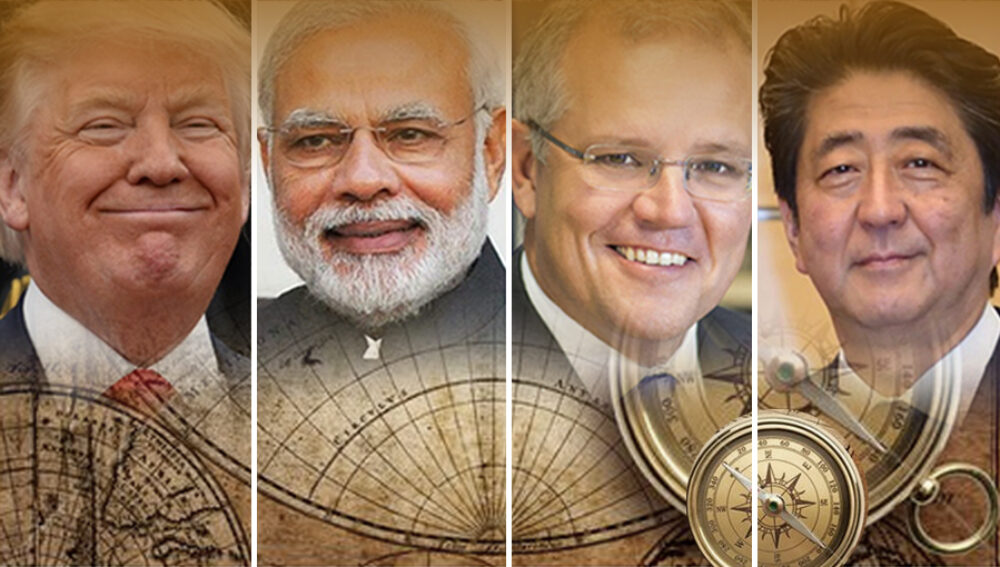The past year has seen the revival of the Quadrilateral Security Dialogue, a mechanism which enables dialogue between four major democracies within the Indo-Pacific region, Australia, Japan, India, and the US, on issues of regional security. Known more colloquially as “the Quad” — language that conjures images of a Marvel movie — its revival signals an important development within the Indo-Pacific, and reflects a convergence of strategic interests between four major democracies of the region.
Underscored by principles of openness, freedom of movement, and respect for the rules-based international order, the Quad builds on a complex and overlapping web of bilateral and trilateral alliances and partnerships between the four nations. Its revival, albeit at officials level only, offers a constructive platform for embedding core principles into the narrative of the emerging regional order, while building the trust and confidence needed to support cooperative initiatives between the nations involved, and others.
However, caution is warranted. The re-appearance of the Quad has prompted speculation about its strategic purpose and intent. To suggest that the Quad is an alternative to the China’s Belt and Road Initiative, or a mechanism aimed at containing China, or to conflate it with understandings of the Indo-Pacific construct assigns far too much strategic gravitas to the grouping at this stage. Furthermore, such notions obscure significant regional mechanisms already in existence, and undermine prospects for cooperation and inclusion across the breadth of the Indo-Pacific region.
The Quad first emerged as a cooperative response to the devastation of the 2004 tsunami, with the navies of India, Australia, Japan, and the US engaged in the coordinated delivery of humanitarian and disaster relief. In 2007, Japan’s Prime Minister Shinzo Abe, an early advocate of the Indo-Pacific, took steps to formalise the grouping through an initial summit and joint naval exercises in the Bay of Bengal. Despite Abe’s efforts, the Quad failed to cohere as a formal group after Australia withdrew in 2008 over concerns that the group might antagonise China. Australia’s withdrawal at that time rankled some in the respective foreign and defence policy communities and raised suspicions, including within India, that Australia might be a weak link in the grouping. Arguably though, formalising the Quad at that stage would have been preemptory, as it lacked the agreed strategic framework and purpose. Indeed, aside from Australia, India and Japan harboured their own doubts about taking the initiative forward.
As Indonesia’s former foreign minister, Marty Natalegawa suggests, it was ‘a solution looking for a problem.’ Nonetheless, a complex web of interwoven bilateral and trilateral security links sustained a loose coalition between the four nations, allowing reconstitution some ten years later, at least at the official level, in a format that some have labelled “Quad 2.0.”
Please click here to read the full ‘Can the Quad navigate the complexities of a dynamic Indo-Pacific?‘ article in ‘Debating future frameworks in a disrupted world’ paper presented at the 2019 Raisina Dialogue by Griffith Asia Institute Director, Professor Caitlin Byrne.








